|
Making a Film or a TV Documentary |
|
The Perfect Location for a Church Film is |
|
The
Parish Church of St Mary's
Sulhamstead Abbots
in the Diocese of Oxford |
|
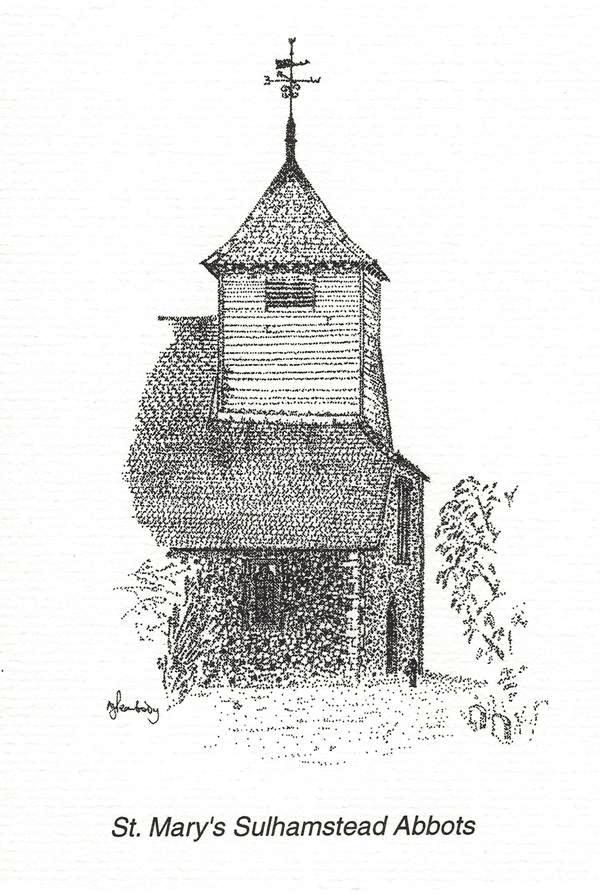 |
|
There was no
mention of a church at Sulhamstead Abbots in the
Domesday Record but it is assumed there would have been
so in the returns for Reading Abbey. As the font is 12th
century this suggests a church was here then and
certainly a church at Sulhamstead Abbots was in the
possession of Reading Abbey at the end of the 12th
century. This building is believed to have been built in
1220 and dedicated to St Bartholomew and was possibly
re-dedicated to St Mary after the Black Death. |
|
 |
The Nave
The stone doorway into the church from the south porch
is from the 15th century and may have been part of a
major reconstruction at that time. A south aisle was
removed between 1450 and 1500 allowing the wall to be
heightened to support the fine timber roof struts. The
pitch of the roof is not above the central aisle. The
nave is not straight with the chancel, a feature to be
found only in some 13th century churches. It is called a
“weeping” or “skew” chancel, thought to represent our
Lord’s head on the cross.
There are three arches to the north aisle, increasing in
size from east to west; the eastern most being from the
14th century. Two support pillars support the arches;
the circular east one has been restored, the square west
one dates from the 13th century. On the east wall the
pier is modern, carved with foliage in 14th century
style and there is a cinquefoil niche dating from the
15th century. Was this a window before the vestry was
built?
A noted church warden in Victorian times was George
Faulkner, who is commemmorated in the north east chancel
window, dying in 1889 aged 52. The former flat Norman
chancel arch had been replaced by the current one in
about 1855 but in 1878, under the guidance of church
warden Faulkner and financed by the Thoyts family,
several large resrtorative works were carried out. The
west gallery, erected in 1762 was removed, as were
square pews and a Jacobean pulpit and the vestry and the
south porch were added. The south door may have been
part of this work but it is not known if it was at this
time that the old west door was blocked up. The present
west door dates from the year 2000, as does the Parish
Room, these alterations being made to celebrate the
Millennium. The old stones inserted above the entrance
to the room were part of the in-fill of the original
west doorway which has a scratch sundial on the north
side.
Two royal Coats of Arms hang in the nave; one Hanoverian
and an earlier one from the reign of William and Mary
which came from the church at St Michael at Bannister
which was demolished in 1966. These would have been
placed in the church both to demonstrate and encourage
loyalty to the sovereign.
On the south wall is an iron cross, thought to be a
medieval English or Flemish finial, which was given to
the church in 1968 by Mrs Honor Beckwith Smith. It was
found in the base of a compost pit in the lovely Queen
Anne house at the bottom of Sulhamstead Hill, owned by
Mrs Beckwith Smith, which was the Sulhamstead Rectory
for many years.
John Halton, M.A., Rector here from 1687-1708, left the
rectory close to the Abbots Church in order to live
closer to the excellent fishing in the River Kennet.
Canon Alfred Shepherd, Rector from 1887-1930,built an
annex to the house to accommodate a school and it has
been suggested that the cross was placed on the roof of
the school building.
The font is 12th century with a modern base, probably
dating from the mid-19th century when it was moved from
the north-west corner of the building to its present
position. |
|
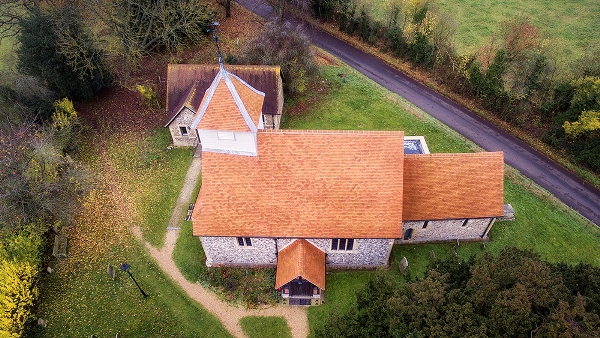 |
The Chancel
On the south wall are two interesting plaques. One is to
Robert Fenn who lived at Cottage Farm, now Folly Farm,
and who hybridised and improved the potato for which he
was awarded the Royal Horticultural Society’s Victoria
Medal of Honour. The other was erected by Rector Ralph
Eyer in 1521 – the date is shown in Arabic characters (Eyer
died in 1528). It is in medieval latin, a translation of
which is on the nearby window sill.
There are four windows in the chancel. The north east
window shows Christ holding a bunch of grapes
representing the wine of the Eucharist; the north west
one shows Christ holding a sheaf of corn, representing
the bread of the Eucharist; the south windows show
Christ holding a lantern as Light of the World and Mary
with baby Jesus in her arms.
The east window, reredos and altar frontal were designed
by Sir Ninian Comper and date from 1936. Comper was an
eminent church architect and ecclesiologist who lived
from 1864 – 1960; his work is widely known. The window
is dedicated to the memory of Beatrice Gilbey who lived
at Folly Farm; the Gilbey family arms are depicted, as
are those of St James the Greater to whom Reading Abbey
was dedicated and of Queen’s College, Oxford and the
diocese of Oxford. The reredos and frontal were given by
Lady Benyon in memory of her moth, Lady Peek, and both
the Benyon and Peek family arms are shown. Comper’s
signature mark of a strawberry can be seen in the glass.
The Bell Tower is weather boarded outside and is now
roofed with tiles but was formerly topped with copper.
It houses four bells; the treble dated 1773, and two
others dated 1654 and 1673. The “two minute” or “hurry
hurry” bell came from St Michael’s Church and has on it
the words
“Praise ye the Lord 1581”.
From outside an old Priest’s doorway can be seen in the
south wall of the chancel and on the south east corner
stone are two medieval scratch dials and a modern bench
mark.
The church is now closed for burials but cremated ashes
may be interred. An old headstone has the caution:- |
|
“All you
that do behold this stone,
Pray think how quickly I was gone,
Death does not always warning give,
Therefore be careful how you live” |
|
|
Produced by Sheila Price and Pat Willoughby, September
2004
Drawing by Anthony
Peabody |
|
Filming or
TV Organiser -
Contact:
secretary@sunchurch.co.uk |
| £1000 a day for
a Film or £100 an hour for a TV documentary |
|
All money go to the
SUN Church Funds |
|
 |
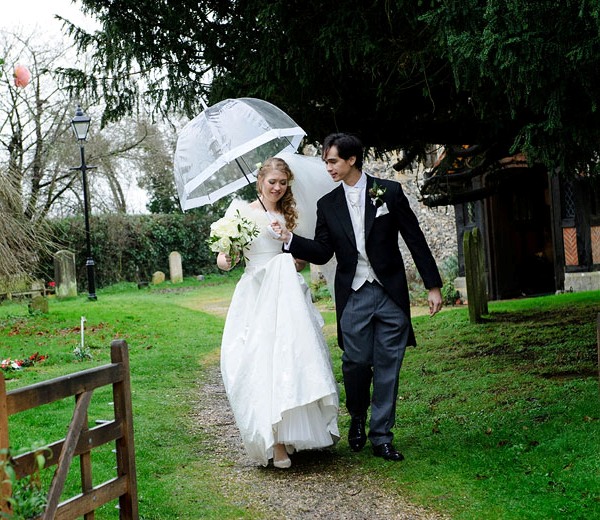 |
|
.jpg) |
|
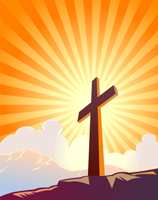




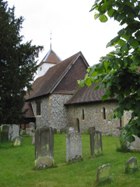

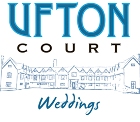






.jpg)